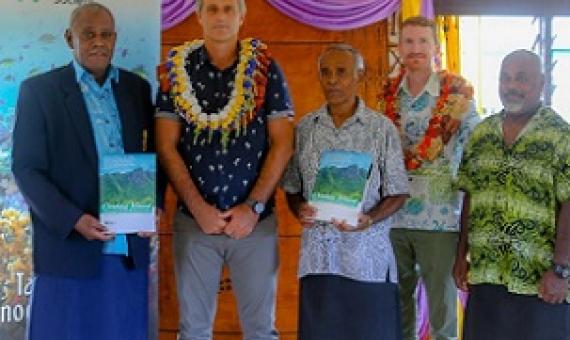Wetland management planning: a guide for site managers
This guide is intended to provide a summary of the steps to develop wetland management planning
processes. Improved understanding of how to use these principles and planning steps will help achieve
more effective conservation and thus wetland wise use.
This summary guide has been prepared to help managers of sites listed under the Ramsar Convention
on wetlands as well as all other types of wetlands. It provides a summary of Ramsar's Handbook 16
Managing wetlands : Frameworks for managing Wetlands of International Importance and other









